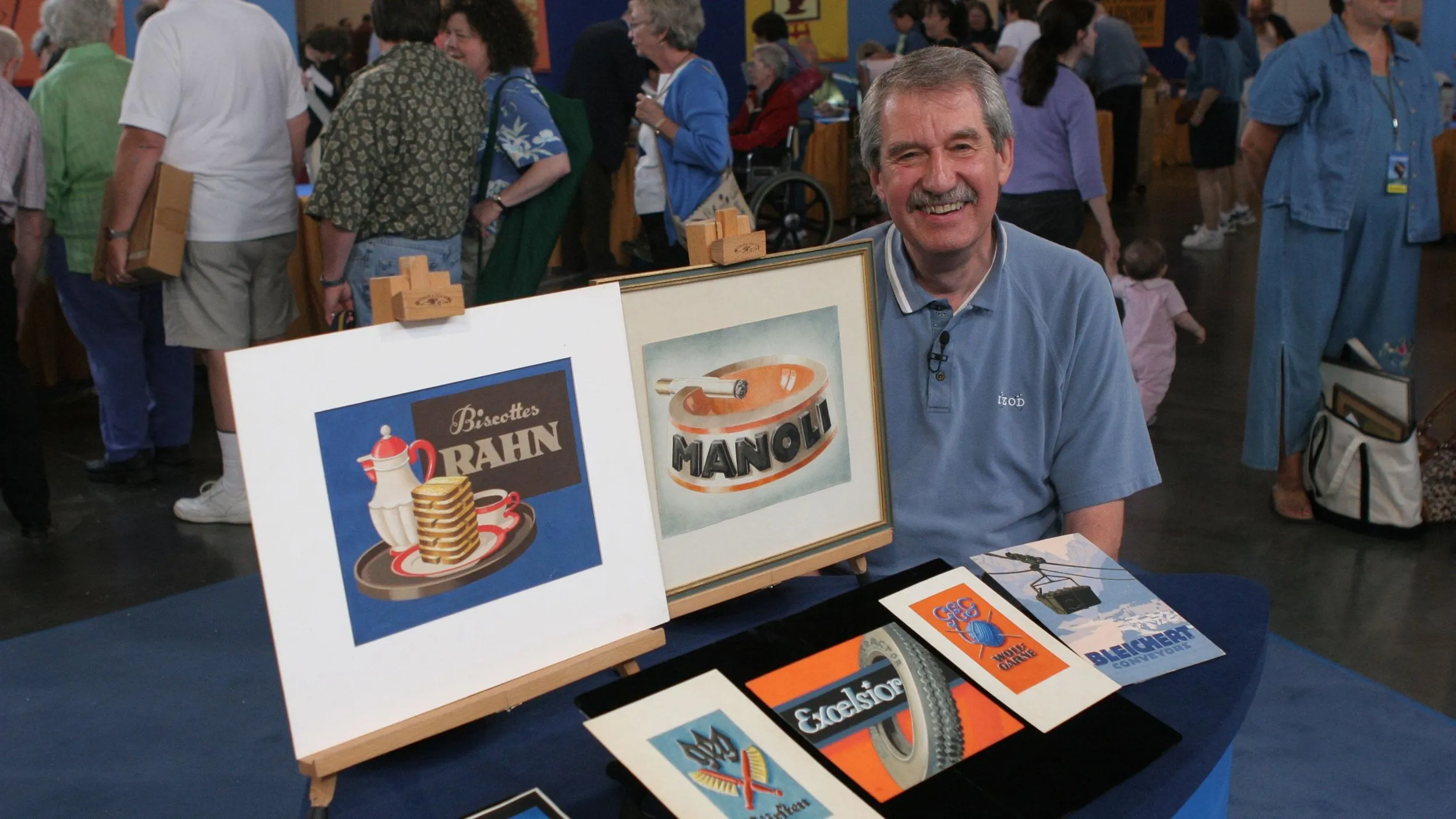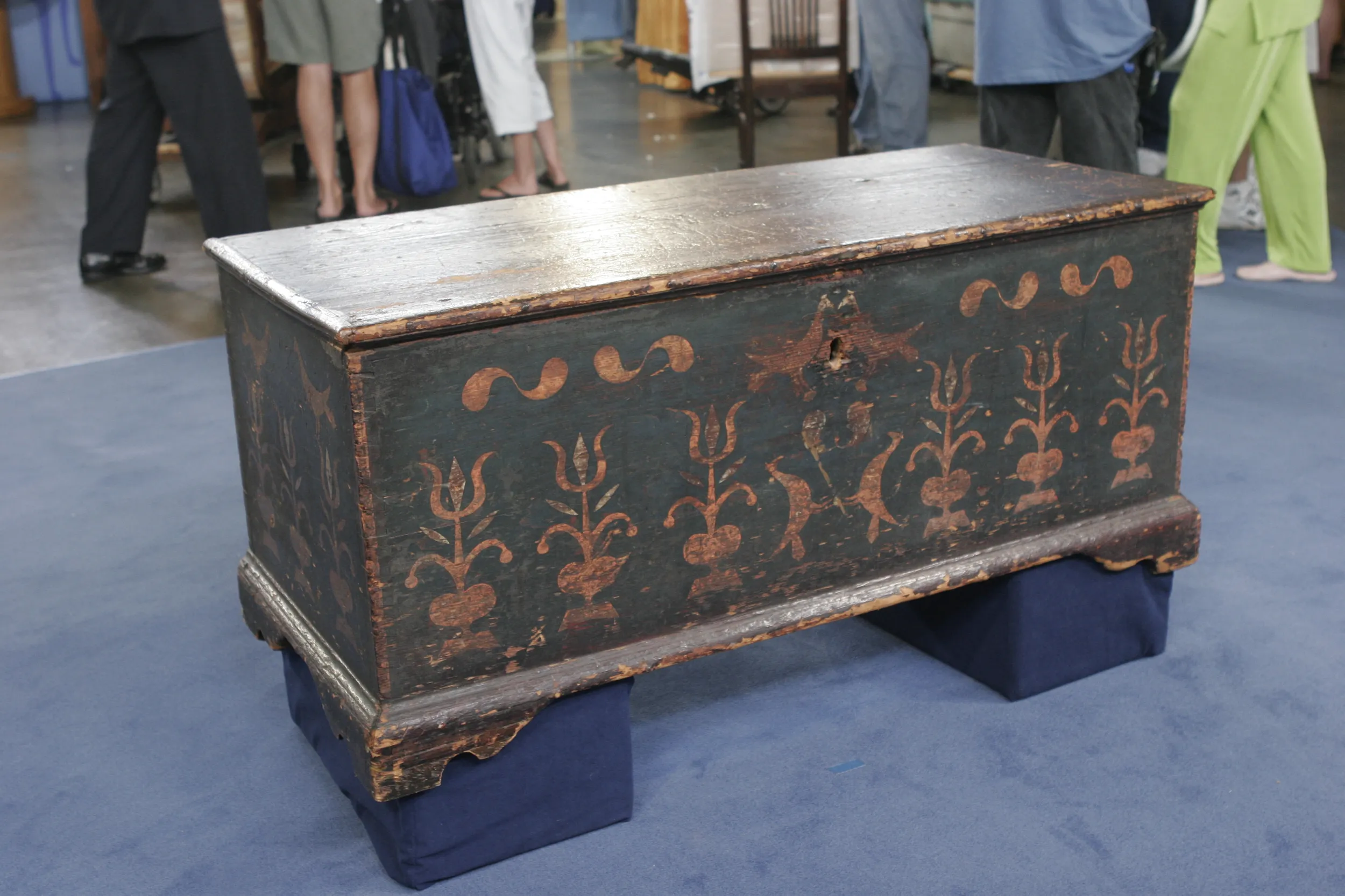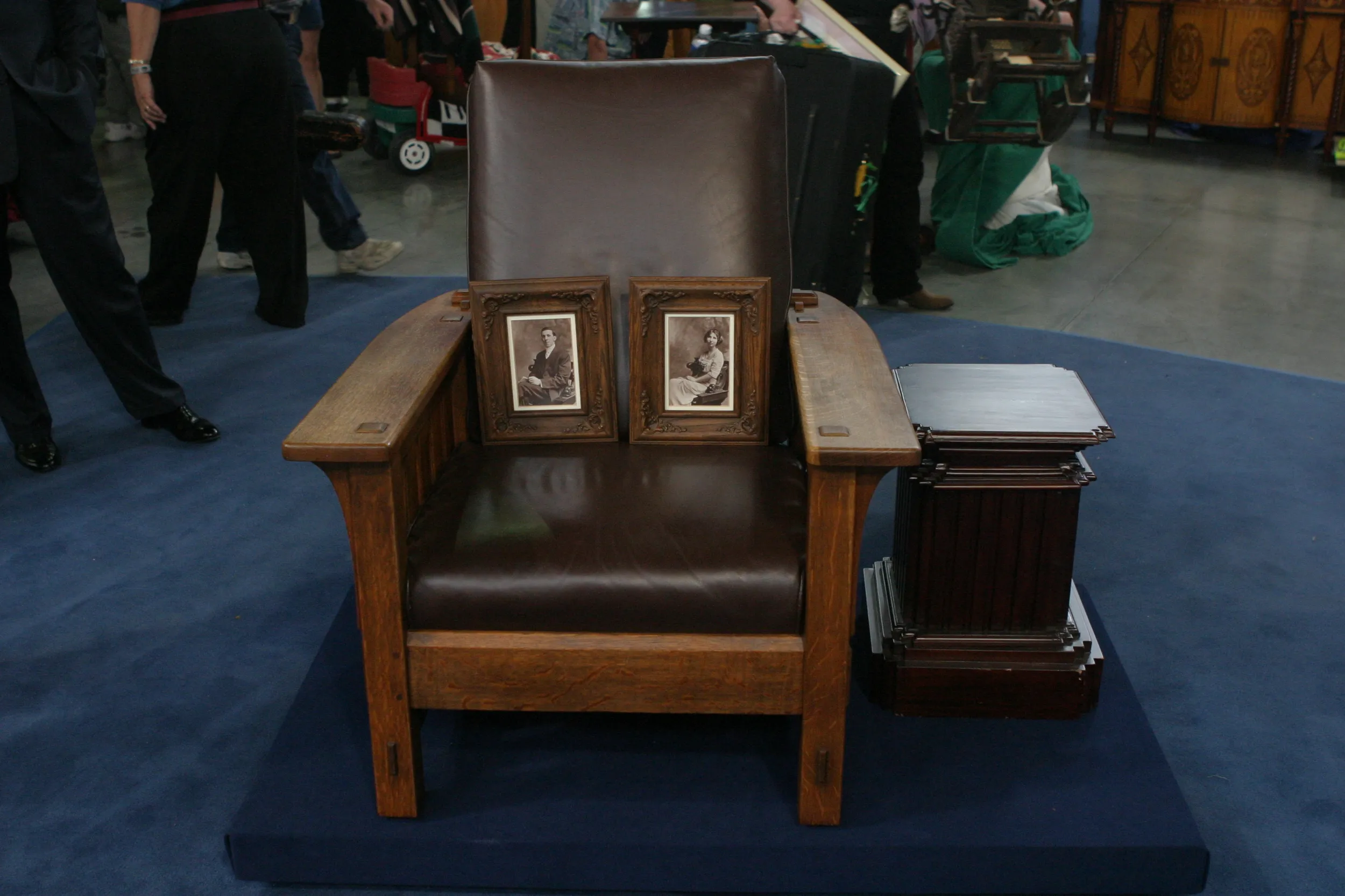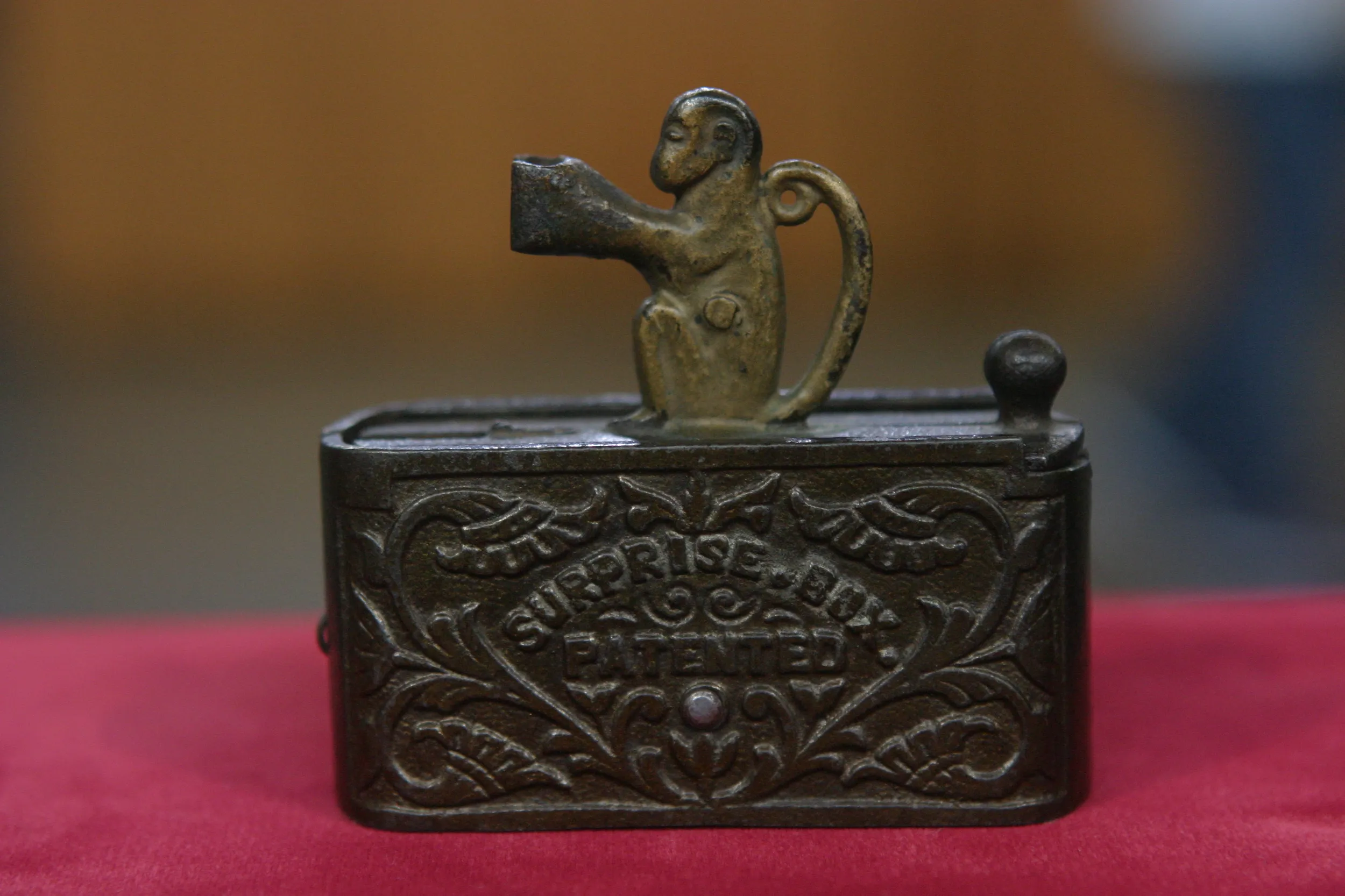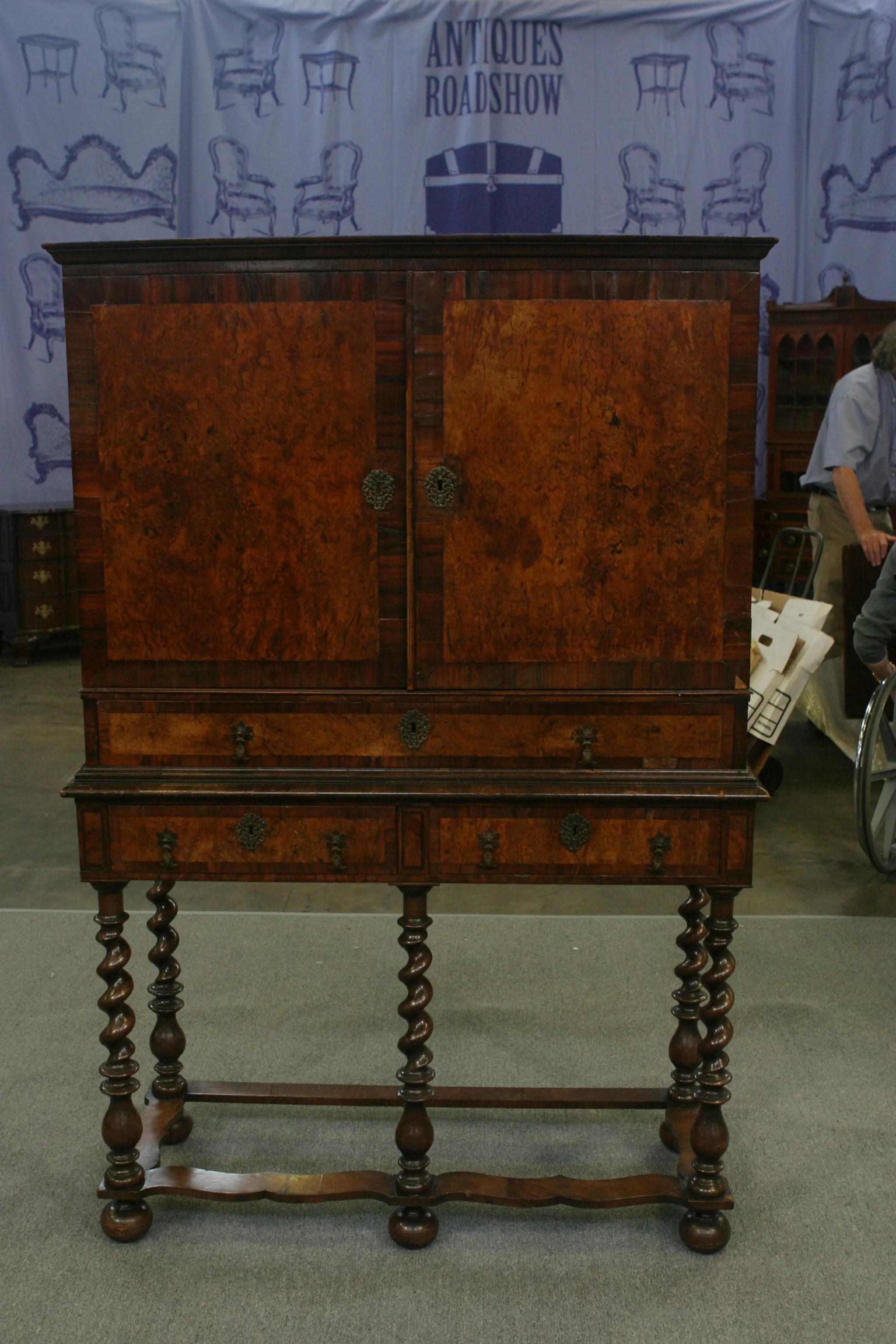GUEST: My sister and I are the fourth generation to share the care of it. It began its life, as far as we know, with our great-grandparents in Wilkes-Barre, Pennsylvania, and then moved to one of their daughters' homes in Trenton, New Jersey, and from there to my mother and father's home in the suburbs of Hartford, Connecticut, and now to my home.
APPRAISER: Now, you said it was your great-grandparents that owned it when you first knew about it. What period did they live in?
GUEST: Middle to late 1800s. He was a dentist in Wilkes-Barre, Pennsylvania.
APPRAISER: This is one of the most wonderful pieces of New Hampshire furniture I have ever seen. Your great-grandfather must have been a collector, or maybe one of his patients' family had moved from New Hampshire out to Wilkes-Barre, and he acquired it from them. This was made by the Dunlap family, probably by Major John Dunlap. He and his brother Samuel were cabinetmakers right around the time of the Revolutionary War. This was made right in the 1770s, and then 11 of their descendants also became cabinetmakers in New Hampshire. They were very, very popular. They were in the Goffstown area, which is near Manchester, New Hampshire. This piece of furniture has several things going for it to make it what I would call an A-plus piece of New Hampshire furniture. You have the wonderful fan up here, the long lobes alternating with the little short lobes. That's a definite Dunlap feature. It matches the one on the bottom. Chests-on-chests and highboys went out of fashion. In the Victorian period, nobody wanted them. They would have taken this molding off, put an overhanging top on it, and then put horrible feet on this. That would be hard to take off, and so often these were married, the top from one, the bottom from another. Not the case with yours. It's magnificent. It's tiger maple, which was a typical wood for the Dunlaps to use. They also used very heavy secondary woods-- white pine-- but the drawer sides are very, very thick. So many of our designs were copied from English, but one of the great things that American cabinetmakers tried to do was to get verticality to a piece of furniture to make it look taller. And so Dunlap very carefully had the brasses on the bottom match the brasses on the top, rather than having the bottom ones out a little bit. The proportion is superb. The color is superb. A few collectors would pay more money if it had a really old and grungy surface, but this just has that wonderful, warm, honey surface.
GUEST: Yeah.
APPRAISER: There's a little chip missing there. Never touch that.
GUEST: All right.
APPRAISER: It has its original brass. The Queen Anne base, the little bandy cabriole legs, are typical of New Hampshire, although they were done other places. This piece of furniture is worth between $50,000 and $80,000.
GUEST: Really? Oh, how wonderful.
APPRAISER: You have probably the finest piece of New Hampshire furniture that's ever come to the ROADSHOW.
GUEST: Really?


